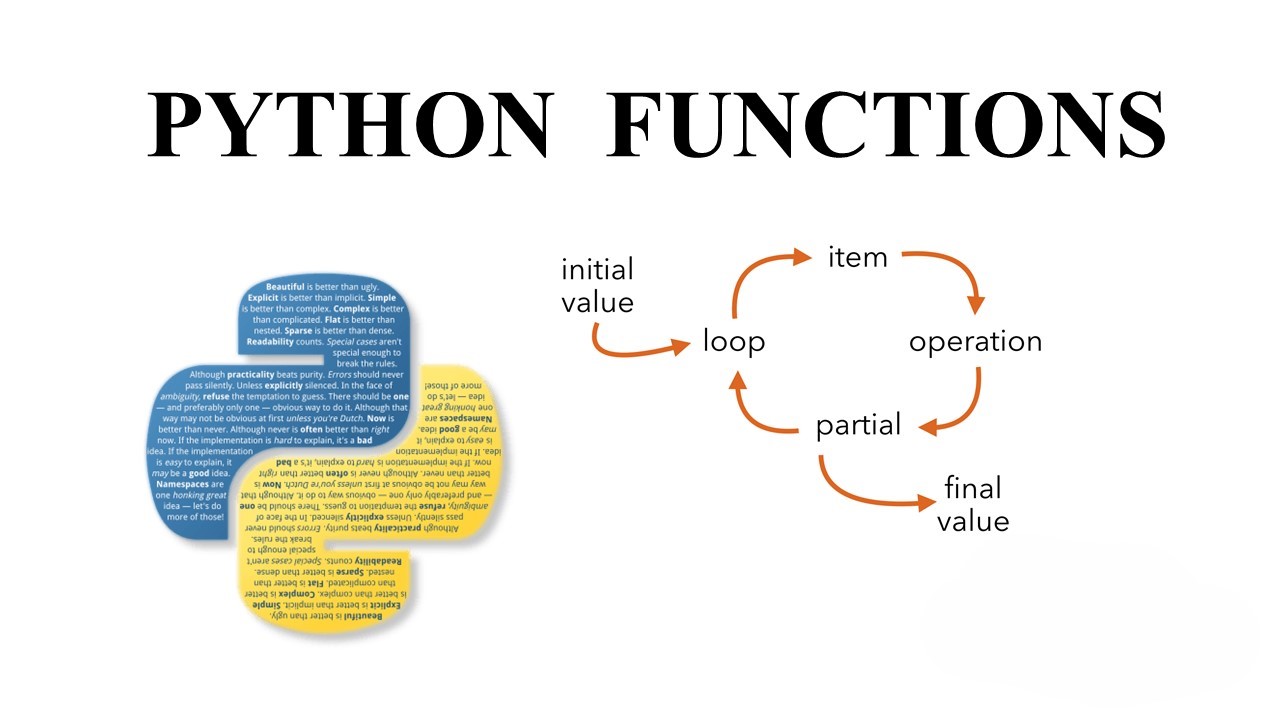Nested functions, also known as inner functions, are a fascinating aspect of Python that enables the definition of functions within other functions. This feature allows for a more modular and organized structure in code. In this exploration, we will dive into the world of nested functions, understanding their creation, usage, and the concept of nonlocal names.
Creating Inner Functions
In Python, creating an inner function is a straightforward process. It involves defining a function within the scope of another function. Let’s look at a simple example:
# Example of creating an inner function in Python
def increment(number):
def inner_increment():
return number + 1
return inner_increment()
increment(3)In this example, the increment function encapsulates an inner function called inner_increment. When increment(3) is called, it returns the result of inner_increment(), which adds 1 to the provided number. The output is 4.
It’s important to note that you can’t directly access inner_increment() from the global scope. Attempting to do so would result in a NameError because increment() hides inner_increment().
Practical Use of Nested Functions
The true power of nested functions becomes evident when they are used in practical scenarios. Consider the following example:
# Using nested functions in a practical scenario
def outer_func(who):
def inner_func():
print(f"Hi, {who}")
inner_func()
outer_func("Cogxta!")
Here, outer_func takes an argument who and contains an inner function called inner_func. When outer_func("Cogxta!") is called, it prints “Hi, Cogxta!”. The crucial point to understand is that inner_func can access the who parameter even though it is defined in the local scope of outer_func.
Nonlocal Names in Nested Functions
The concept of nonlocal names is integral to understanding how inner functions interact with variables from their containing functions. In the example above, who is a nonlocal name for inner_func. Nonlocal names are those defined in the local scope of an outer function and can be accessed by inner functions.
def outer_func(who):
def inner_func():
print(f"Hi, {who}")
inner_func()In this case, who is a nonlocal name for inner_func. The inner function can access and use who as if it were a local variable, even though it is defined in the outer function.
Conclusion
Nested functions provide a powerful mechanism for creating modular and organized code structures in Python. They allow functions to be defined within other functions, promoting encapsulation and improving code readability. The ability of inner functions to access nonlocal names from their containing functions adds flexibility to the design of Python programs.
As you explore Python’s capabilities, consider incorporating nested functions when designing functions that are logically related or when you need to encapsulate functionality within a specific scope. This practice enhances code maintainability and contributes to a more elegant and modular codebase.


Leave a Reply